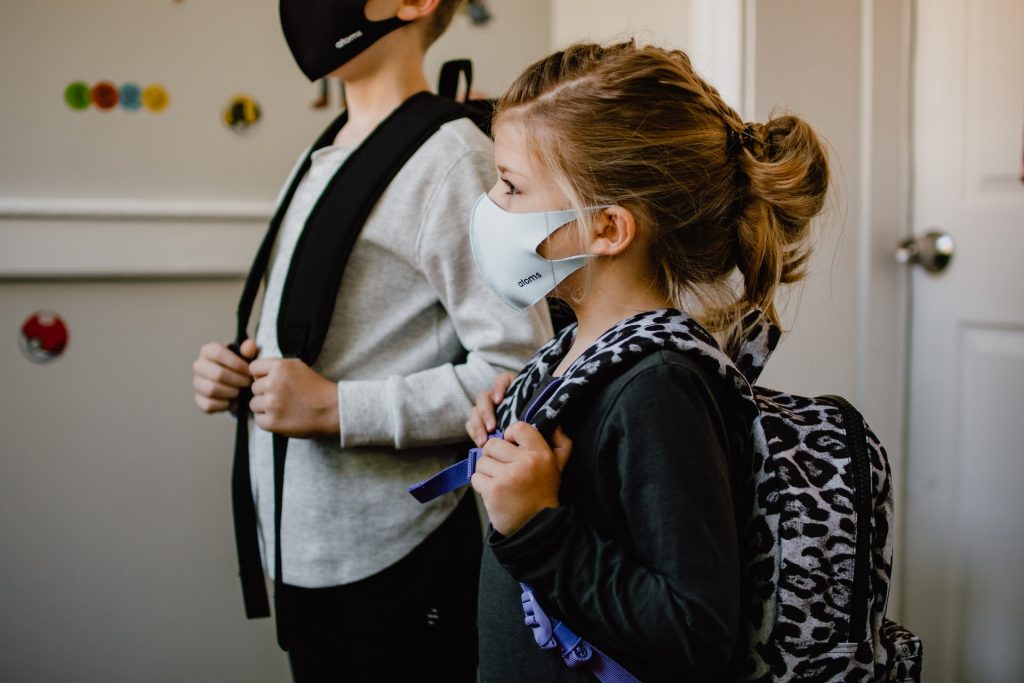Study Uncovers Molecular Pathway for Effect of Stress on Lupus

A team of researchers have identified a molecular mechanism by which stress affects a neuropsychiatric form of lupus, revealing a potential target for the treatment of the disease. Their findings were published in Annals of the Rheumatic Diseases.
Neuropsychiatric systemic lupus erythromatosus (NPSLE), which affects the central nervous system is one of the most severe forms of lupus, for which there is currently no cure. NPSLE is the least understood yet maybe the most prevalent manifestation of lupus, comprising 14%–80% or more of adult SLE cases and 22%–95% of paediatric cases. It can occur independently of active systemic disease and without serologic activity and is associated with increased morbidity and mortality
The research team, led by Professor Masaaki Murakami at Hokkaido University, focused on a specific type of NPSLE called Neuropsychiatric lupus with diffuse neuropsychological manifestations (dNPSLE). There are believed to be a number of causes for dNPSLE, but little is known about its pathogenesis. The researchers were primarily interested in the effects of stress, as chronic stress is linked to the development of many autoimmune diseases.
The researchers conducted experiments on mice models that exhibit SLE-like symptoms to identify the underlying mechanisms dNPSLE. After subjecting a set of these mice to sleep deprivation stress, they observed that the medial prefrontal cortex (mPFC) of the brain was abnormally activated.
In the mPFC, at least 509 genes’ expressions were significantly affected by sleep deprivation. In particular, there was an upregulation of gene that is required for two interleukins, IL12 and IL23. They further showed that upregulating these two interleukins caused activation of the microglial cells of the mPFC. Blocking IL12 and IL23 pathways in these sleep-deprived mice models inhibited the stress-induced neuropsychiatric symptoms.
Most importantly, they showed that there were elevated levels of IL12 and IL23 in the cerebrospinal fluid of human patients with dNPSLE, which could constitute a diagnostic marker. They also showed that the mPFC in dNPSLE patients is atrophied; together, these observations indicate that the mouse model findings may be applicable to humans.
Summing up, Prof Murakami said: “In revealing the effect of the stress-induced effects on the expression of IL12 and IL23 in dNPSLE, we have identified them as not only a diagnostic marker but also a novel therapeutic target for this disease.”
Source: Hokkaido University





